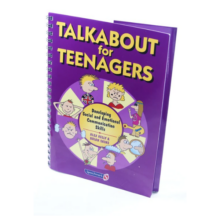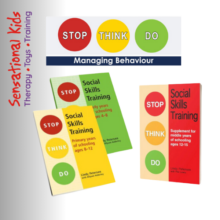Description
In a chaotic or threatening situation, fear is the primary emotional response of an autistic individual. Often the initial physical response is to freeze. ‘Meltdowns’, or brain overloads can be scary for the individual with autism, and for the person trying to help if they don’t know how to react in this situation.
Common coping strategies, such as hand flapping or leg shaking, can be misperceived as being wilful, noncompliant, and uncooperative; and some techniques commonly recommended during times of distress or crisis, such as maintaining eye contact or using light touch, can be counter-productive rather than providing relief.
Using the easy-to-remember acronym S.C.A.R.E.D, coined by clinical psychologist Will Richards, this guide offers strategies and practical techniques that will be a valuable reference tool to anyone in a first response position.





